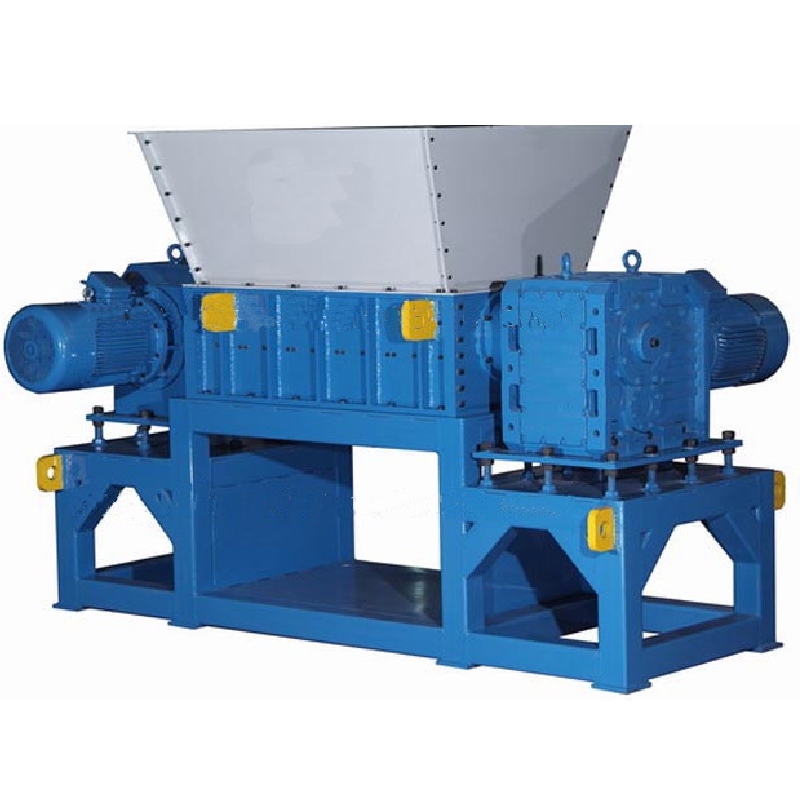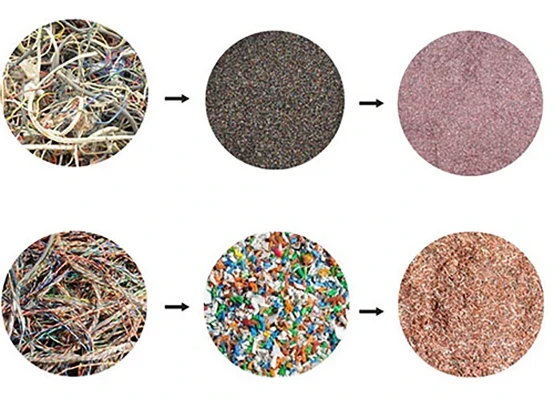Navigating the intricate realm of waste copper wire recycling machines involves more than understanding the basic mechanics—it demands a nuanced grasp of the entire recycling ecosystem. These machines are pivotal in the sustainable management of copper, a valuable commodity in today's rapidly industrializing world. Leveraging their capabilities necessitates a blend of practical experience, specialized expertise, authoritative knowledge, and a trust in the technological advancements driving the industry forward.

A waste copper wire recycling machine is a sophisticated device designed to efficiently strip and separate copper from wires for reuse, an essential process given the finite nature of copper resources. One's experience in utilizing these machines can significantly influence their operational efficiency. Users with familiarity in handling these machines often report increased throughput, reduced downtime, and higher yield quality. For instance, seasoned operators are adept at calibrating the machines to accommodate varying wire thicknesses, which is crucial in preventing wire damage and maximizing copper recovery.
Expertise in the field of copper recycling requires an understanding of the different machine types, such as granulators, wire strippers, and multi-functional models. Each type offers unique advantages; granulators are optimal for high-volume operations, delivering precision in cutting and yielding fine copper particles ready for smelting. On the other hand, wire stripping machines are revered for their simplicity and ability to handle a diverse range of wire sizes. Professionals with in-depth knowledge can quickly match the right machine to specific recycling needs, enhancing operational efficacy and reducing energy consumption—a critical consideration in today’s eco-conscious landscape.

waste copper wire recycling machine
Authoritativeness in discussing waste copper wire recycling machines is bolstered by recognizing regulatory standards and advancements in recycling technology. For example, adherence to environmental regulations such as the Waste Electrical and Electronic Equipment (WEEE) directive in Europe ensures compliance and enhances the credibility of recycling operations. Staying abreast of technological innovations—like automated sorting systems and advanced sensor technologies—positions one as a leader in the field, setting standards for best practices that others seek to emulate.
Trustworthiness in this arena is cemented by transparency and commitment to sustainability principles.
Building trust can be achieved through detailed reporting of recycling processes and outcomes. Companies that provide clients with comprehensive data on the recovery rates of copper and the reduction in carbon footprint not only establish trust but also showcase their contribution to a circular economy. Furthermore, by sourcing machinery from reputable manufacturers known for quality and reliability, operations can ensure consistent performance and longevity of their equipment, thereby reinforcing trust among stakeholders.
In conclusion, optimizing the use of waste copper wire recycling machines isn't merely about owning the latest model—it's about harnessing one's experience to refine processes, applying industry expertise to select and operate machines, establishing an authoritative presence through compliance and innovation, and maintaining trust through transparent and sustainable practices. As the demand for efficient copper recycling continues to climb, those who master these dimensions will undoubtedly lead the charge in responsible and profitable recycling, ultimately benefiting both the environment and the economy.


